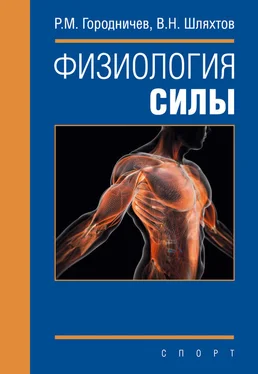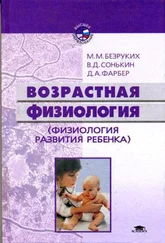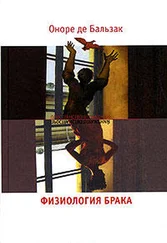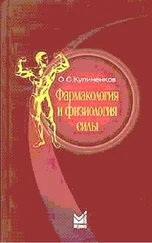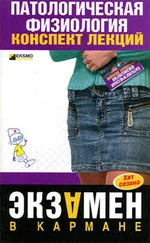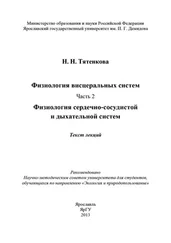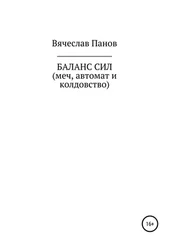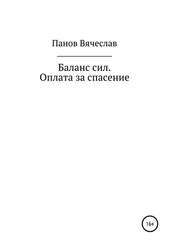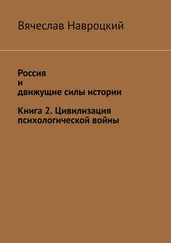217. Laycoe R. and R. Marteniuk. 1971. Learning and tension as factors in static strength gains produced by static and eccentric training. Res Q.; 42: 299–306.
218. Liberson W. and M. Asa. 1959. Further studies of brief isometric exercises. Arch Phys Med Rehab.; 40: 330–336.
219. Lindh M. 1979. Increase of muscle strength from isometric quadriceps exercises at different knee angles. Scand J Rehab Med.; 11: 33–36.
220. MacDonald C. J. A comparison of the effects of 6 weeks of traditional resistance training, plyometric training, and complex training on measures of strength and anthropometrics // C. J. MacDonald, H. S. Lamont, J. C. Garner/ J Strength Cond Res. 2012 Feb; 26 (2): 422-31.
221. MacDougall J. D. 1986. Morphological changes in human skeletal muscle following strength training and immobilization. In: N. L. Jones, N. McCartney and AJ. McComas (Eds.). Human muscle power (pp. 269–288). Champaign, IL: Human Kinetics.
222. MacDougallJ. D, G. R. Ward, D. G. Sale et al. 1977. Biochemical adaptations of human skeletal muscle to heavy resistance training and immobilization. Journal of Applied Physiology; 43: 700–703.
223. MacIntosh B. R. Skeletal muscle / B. R. Macintosh, P. F. Gardiner, A. J. McComas. – Second Edition. -Human Kinetics. – 2006. -442 p.
224. Maltais M. L. The effect of resistance training and different sources of post-exercise protein supplementation on muscle mass and physical capacity in sarcopenic elderly men // ML. Maltais, J. Per-reault-Ladouceur, I. J. Dionne / J Strength Cond Res. 2015 Nov 7.
225. Martin D. Т., J. C. Scifres, S. D. Zimmerman and G. Wilkinson. 1994. Effects of interval training and a taper on cycling performance and isokinetic leg strength. Inl J Sports Med.; 15: 485–491.
226. MarxJ. O., N. A. Ratamess, B. C. Nindl, L. A. Gotshalk, J. S. Volek, K. Dohi, J. A. Bus, A. X. Gomez, S. A. Mazzetti, S. J. Fleck, K. Hakkinen,
R. U. Newton and W. J. Kraemer. 2001. Low-volume circuit versus high-volume periodized resistance training in women. Medicine and Science in Sports and Exercise; 33: 635–643.
227. McCarthy J. P, J. С. Agre, B. K. Grafetal. 1995. Compatibility of adaptive responses with combining strength and endurance training. Medicine and Science in Sports and Exercise; 27: 429–436.
228. McMillan J. L., M. H. Stone, J. Sartain et al. 1993. 20-hour physiological responses to a single weight training session. Journal of Strength and Conditioning Research; 7 (1): 9-21.
229. McMorris R. and E. Elkins. 1954. A study of production and evaluation of muscular hypertrophy. Arch Phys Med Rehab.; 35: 420-26.
230. Meyer M. and F. Rosen. 1975. Interaction of anabolic steroids with glucocorticoid steroid receptor sites in rat muscle control. American Journal of Physiology; 229: 1381–1386.
231. Muller E. and W. Rohmert. 1963. Die Geschwindigkeit der Muskelkraft-Zunahme bei isometrischen Training. Arbeitsphysiol.; 19: 403-19.
232. Moore D. Similar increases in muscle size and strength in young men after training with maximal shortening or lengthening contractions when matched for total work // D. Moore, M. Young,
S. M. Phillips / Eur J Appl Physiol. 2012 Apr; 112 (4): 1587-92.
233. Morehouse C. 1967. Development and maintenance of isometric strength of subjects with diverse initial strengths. Res Q.; 38: 449–456.
234. Mueller M. Different response to eccentric and concentric training in older men and women // Mueller M., F. A. Breil, M. Vogt / Eur J Appl Physiol. 2009 Sep; 107 (2): 145-53.
235. Naatanen R. The N1 wave of the human electric and magnetic response to sound: a review and an analysis of the component structure / R. Naatanen, Т. Picton // Psychophysiol. – 1987. – V. 24. -№ 4. – P. 375.
236. Nakazawa K, Yamamoto S. I. & Yano H. (1997). Short– and long-latency reflex responses during different motor tasks in elbow flexor muscles // K. Nakazawa, S. I. Yamamoto, H. Yano / Exp Brain Res. -1997; 116: 20–28.
237. Niklas B. J., A. J. Ryan, M. M. Treuth, S. M. Harman, M. R. Blackman, B. F. Hurley and M. A. Rogers. 1995. Testosterone, growth hormone and IGE-1 responses to acute and chronic resistive exercise
in men aged 55–70 years. International Journal of Sports Medicine; 16: 445–450.
238. Nordlund M. Variations in the soleus H-reflex as a function of activation during controlled lengthening and shortening actions / M. Nordlund, A. Thorstensson, А. Cresswell // Brain Res. – 20θ1; 952: 276–282.
239. Ostrowski K. J., G. J. Wilson, R. Weatherby et al. 1997. The effect of weight training volume on hormonal output and muscular size and function. Journal of Strength and Conditioning Research 11: 148154.
240. Pasquet B. Specific modulation of motor unit discharge for a similar change in fascicle length during shortening and lengthening contractions in human / B. Pasquet, A. Carpentier, J. Duchateau // J. Physiol. – 2006. – V. 577.2. – P. 753–765.
241. Pierce K., R. Rozenek, M. Stone et al. 1987. The effects of weight training on plasma cortisol, lactate, heart rate, anxiety and perceived exertion [abstract]. Journal of Applied Sport Science Research; 1 (3): 58.
242. Piitulainen H. Muscle fiber conduction velocity is more affected after eccentric than concentric exercise // Harri Piitulainen, Alberto Botter, Roberto Merletti, Janne Avela / European Journal of Applied Physiology. February 2011, Volume 111, Issue 2, pp 261–273.
243. Plisk S. S. 1991. Anaerobic metabolic conditioning: A brief review of theory, strategy and practical application. Journal of Applied Sport Science Research; 5 (1): 22–34.
244. Rarick G. and G. Larsen. 1958. Observations on frequency and intensity of isometric muscular effort in developing static muscular strength in post-pubescent males. Res Q.; 29: 333–341.
245. Rasch P. 1971. Isometric exercise and gains of muscle strength. In Shephard, R. (ed.). Frontiers of Fitness. Springfield, IL: Charles
C. Thomas, chapter 5.
246. Rasch P. 1974. The present status of negative (eccentric) exercise: a review. Am Corr Ther J.; 28:77.
247. Ratamess A. Progression Models in Resistance Training for Healthy Adults // Nicholas A. Ratamess, Ph. D.; Brent A. Alvar, Ph. D.; Tammy K. Evetoch, Ph. D., FACSM; Terry J. Housh, Ph.
D., FACSM (Chair); W. Ben Kibler, M. D., FACSM; William J. Krae-mer, Ph. D., FACSM; and N. Travis Triplett, Ph. D / Medicine & Science in Sports & Exercise: March 2009 – Volume 41 – Issue 3 – Pp. 687–708.
248. Reeves N. Differential adaptations to eccentric versus conventional resistance training in older humans // N. D. Reeves, C. N. Maga-naris, S. Longo, M. V. Narici / Exp Physiol. – 2009; 94: 825–833.
249. Romano С. Reflex excitability of human soleus motoneurones during voluntary shortening or lengthening contractions // С. Romano, M. Schieppati / J Physiol. – 1987. – 390, 271–284.
250. Romano С. Reflex excitability of human soleus motoneurones during voluntary shortening or lengthening contractions / С. Romano, M. Schieppati // J Physiol. – 1986. – 390, 271–284.
251. Schoenfeld B. Effects of Low– vs. High-Load Resistance Training on Muscle Strength and Hypertrophy in Well-Trained Men// B. Schoenfeld, M.Peterson, D. Ogborn, B. Contreras, G. Sonmez/ J Strength Cond Res. 2015 Oct; 29 (10): 2954-63.
252. Schott J., K. McCully and О. М. Rutherford. 1995. The role of metabolites in strength training. II. Short versus long isometric contractions. Eur J Appl Physiol.; 71: 337–341.
Читать дальше
Конец ознакомительного отрывка
Купить книгу
